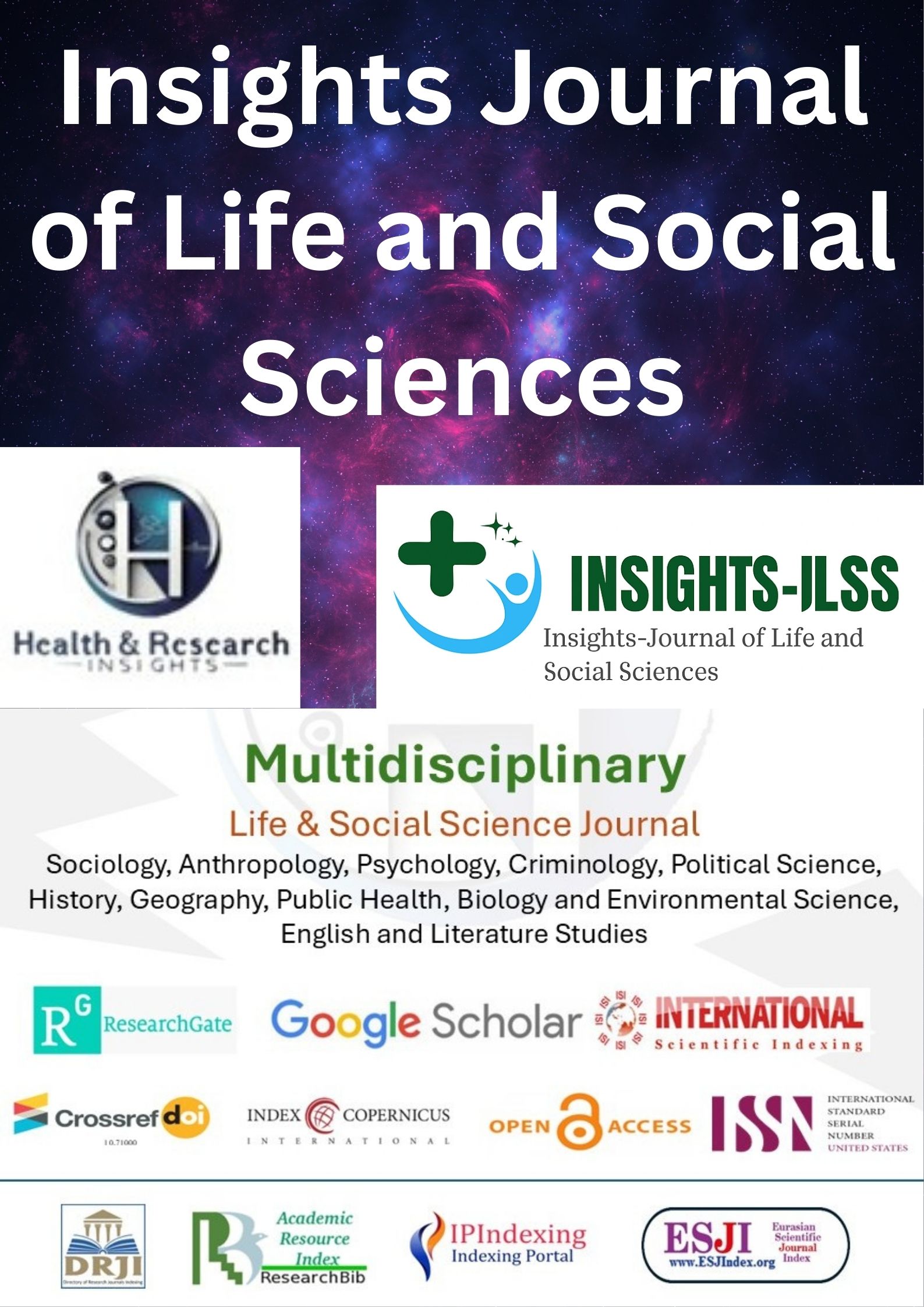ASSESSMENT OF MALOCCLUSION SEVERITY AND ITS PSYCHOSOCIAL IMPACT IN ADOLESCENTS WEARING CLEAR ALIGNERS
Main Article Content
Abstract
Background: Malocclusion in adolescents is not only a functional concern but also significantly affects self-perception, social confidence, and psychological well-being. With the growing popularity of clear aligner therapy, understanding its impact on psychosocial health becomes increasingly relevant, particularly in relation to the severity of malocclusion.
Objective: To determine the relationship between malocclusion severity and psychosocial well-being in adolescents undergoing orthodontic treatment with clear aligners, using validated self-reported outcome measures.
Methods: A cross-sectional study was conducted among 94 adolescents aged 12–18 years undergoing clear aligner therapy for at least 3 months. Malocclusion severity was measured using the Dental Aesthetic Index (DAI), and psychosocial impact was assessed using the Psychosocial Impact of Dental Aesthetics Questionnaire (PIDAQ). Data were analyzed using Pearson correlation and multiple linear regression, with p < 0.05 considered statistically significant.
Results: The mean DAI score was 31.8 ± 6.5, while the mean total PIDAQ score was 45.7 ± 13.6. A significant positive correlation was observed between DAI and PIDAQ scores (r = 0.64, p < 0.001). All PIDAQ subscales—dental self-confidence, social impact, psychological impact, and aesthetic concern—were significantly associated with increasing DAI scores. Regression analysis confirmed malocclusion severity as an independent predictor of psychosocial burden, with female gender also showing a minor influence.
Conclusion: Adolescents with greater malocclusion severity experience a higher psychosocial burden, even while undergoing clear aligner treatment. This highlights the need for orthodontic care models that integrate both clinical and psychosocial considerations to support adolescent well-being.
Article Details

This work is licensed under a Creative Commons Attribution-NonCommercial-NoDerivatives 4.0 International License.
